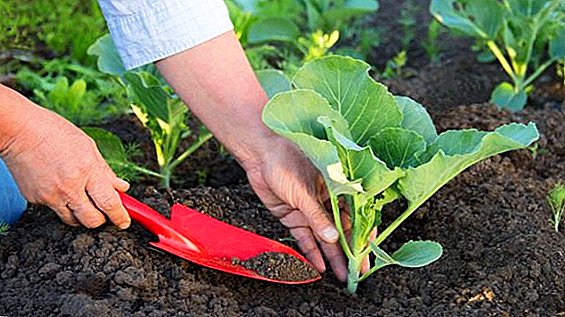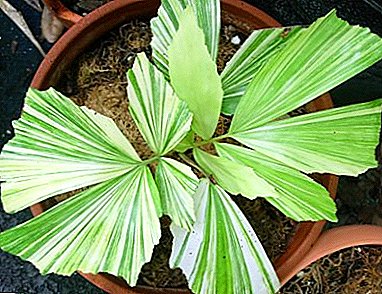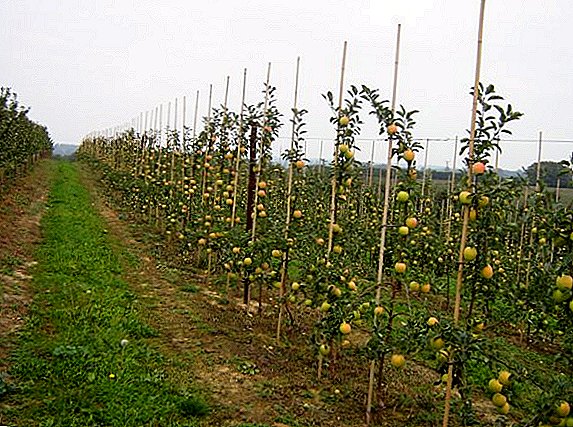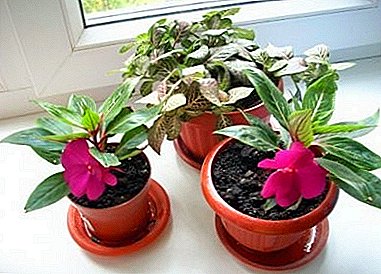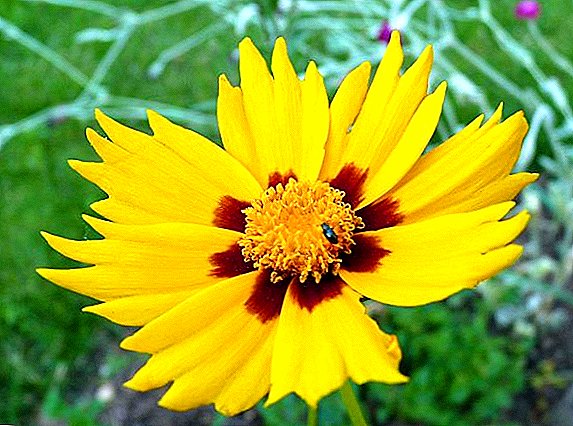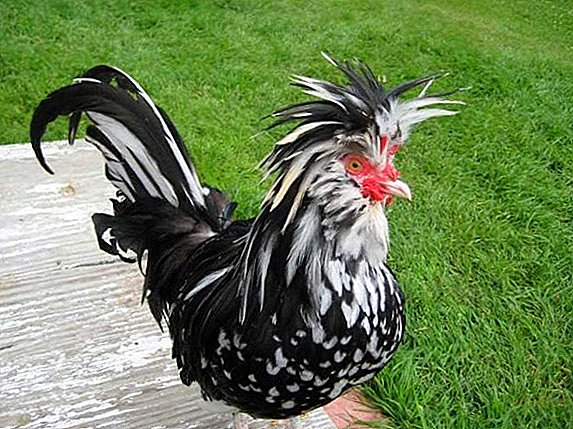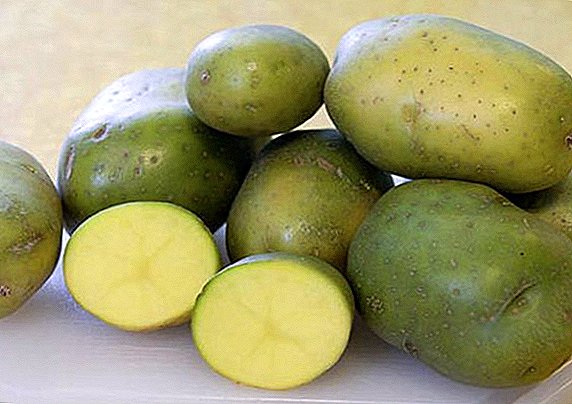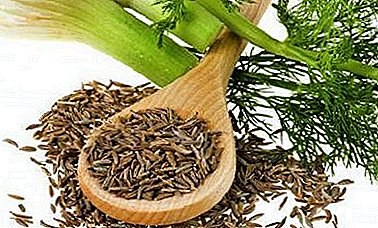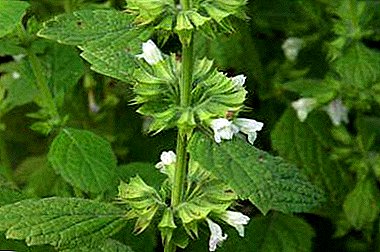
Melissa is an amazing plant that combines healing properties with delicious taste.
It combines citrus aroma, mint freshness and subtle honey notes. Melissa also has a whole range of healing and medicinal properties.
Thus, lemon balm can be at the same time a piquant addition to the menu of true gourmets and a means of salvation for those whose health needs support. Next, tell about the care of melissa and all popular types.
How many varieties are there?
Melissa is an essential oil herb:
- The main species successfully cultivated in Russia is Melissa officinalis.
- Melissa axillaris is a species common in China, the Himalayas, Java and the island of Sumatra.
- Melissa flava - area of growth - Tibet, Nepal, Bhutan, eastern India.
- Melissa younanensis and Melissa bicornis grow in Tibet and Yunnan.
There are more than fifty varieties of this plant.
An interesting fact is that cultivation of lemon balm has become large-scale after Charlemagne gave the order to grow this plant in his gardens to all the active monasteries.
Popular types and varieties: name, description and photo
Drug - lemon

A perennial plant, is a branchy shrub, with a width of 45 and a height of 125 cm. The flowers are small, white, pink or yellow. The highest concentration of essential oils contain the tops of the shoots and leaves. Heart-shaped leaves, you can collect the next year after planting plants in a permanent place.
Tsaritsyn Semko

The perennial plant, 80 cm high blossoms in the middle of July. Melissa can grow in one place up to ten years. Before and after this period, it is necessary to cut the leaves twice, which have a pointed shape and a dark green shade. Side shoots creeping in plants.
Quadrille

The pointed green leaves with teeth on the edges densely cover a bush 80 cm high. Cut is carried out the next year after landing to before or after flowering. The lemon smell of the plant is very pronounced, the taste of bitter leaves.
Dozy

Perennial, able to grow in the same place up to five years. The height of the bush reaches 90 cm. In the second year of cultivation, the period of active vegetation is a month and a half. The leaves are dark green in color, slightly raised, with shallow grooves and dentate along the edges. The flowers are white, small. It has a pronounced, not sharp lemon flavor.
Lada
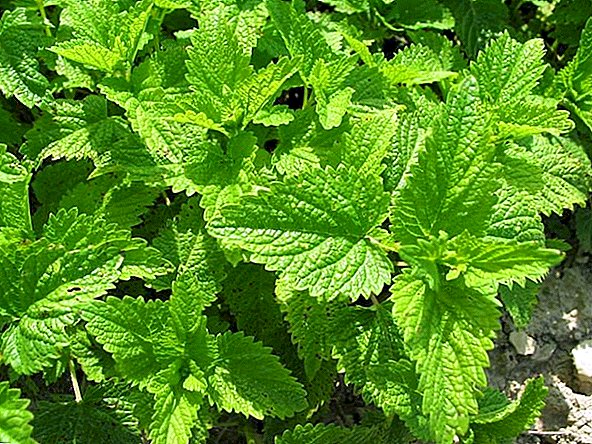
Plant with a semi-upright stem and medium length wide leaf plates. Low-growing variety - about 52-54 cm, blooms with small white flowers.
Isidora
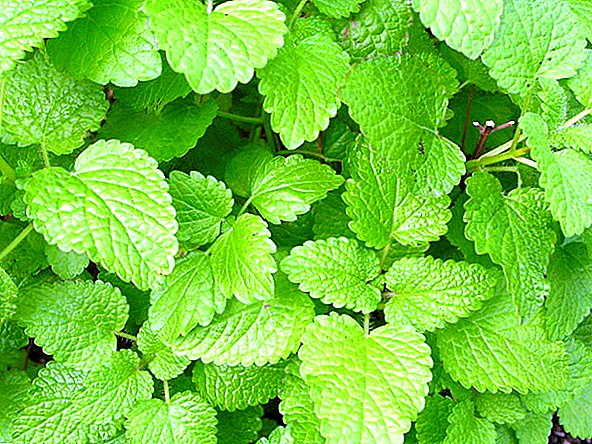
The height of the plant is about 80 cm. The leaves, green with a greenish tint, are oval-shaped and have marginal notches. Feature of the variety - rapid growth. The leaves are usable in the second year after planting.
Pearl

Shrub 70 cm high with oval leaves, fringed teeth. Perennial, productively growing in one place to five years. Greens suitable for use in the second year of planting. During the season you need to spend at least two cuts.
High-yielding variety - about 5 kg of raw material can be collected per square meter. The plant has a bright mint flavor with a hint of lemon and a tart taste with a slight bitterness.
Golden

It differs from other varieties of non-standard color of foliage - it is dark green with a golden pattern. The leaves are small, toothed. A perennial plant, every five years it needs to be transplanted to a new place.
Pure gold

The variety is artificially bred. Compact shrub with oval leaves of golden hue. The length and width of the plant are the same - about half a meter. The flowers at the beginning of white color to the middle of flowering become pale lilac.
Melissa is often confused with mint, catnip and Moldavian serpentine. With the catnip at Melissa, the smell is similar, and the smell of the serpentine can be distinguished from the lemongrass only in intensity. In the one-year-old "Turkish melissa", so called the serpentine, the citrus smell is sharper and more saturated.
Cultivation and care
Culture does not impose special care requirements.. You need to follow only a small number of simple measures:
- Watering should not be abundant. For a plant, the overflow is worse than a small drought.
- Plants need to thin out.
- After cutting the greens must be made organic and mineral fertilizer.
- The soil around the bush should be well loosened and cleaned of weeds. You can make basal mulching.
- In areas with dry winters with little snow for lemon balm you need to build a shelter.
We offer to watch a video about the intricacies of growing and caring for melissa:
Conclusion
Melissa belongs to crops that do not require compliance with the complex agrotechnics of cultivation, so even a novice gardener can easily place it in her garden. In addition to cultivation in the open field, lemon balm can easily be made an inhabitant of the window sill, sowing seeds in any convenient container. The plant gives sprouts very quickly, allowing in the shortest possible time to get healing, spicy greens.


